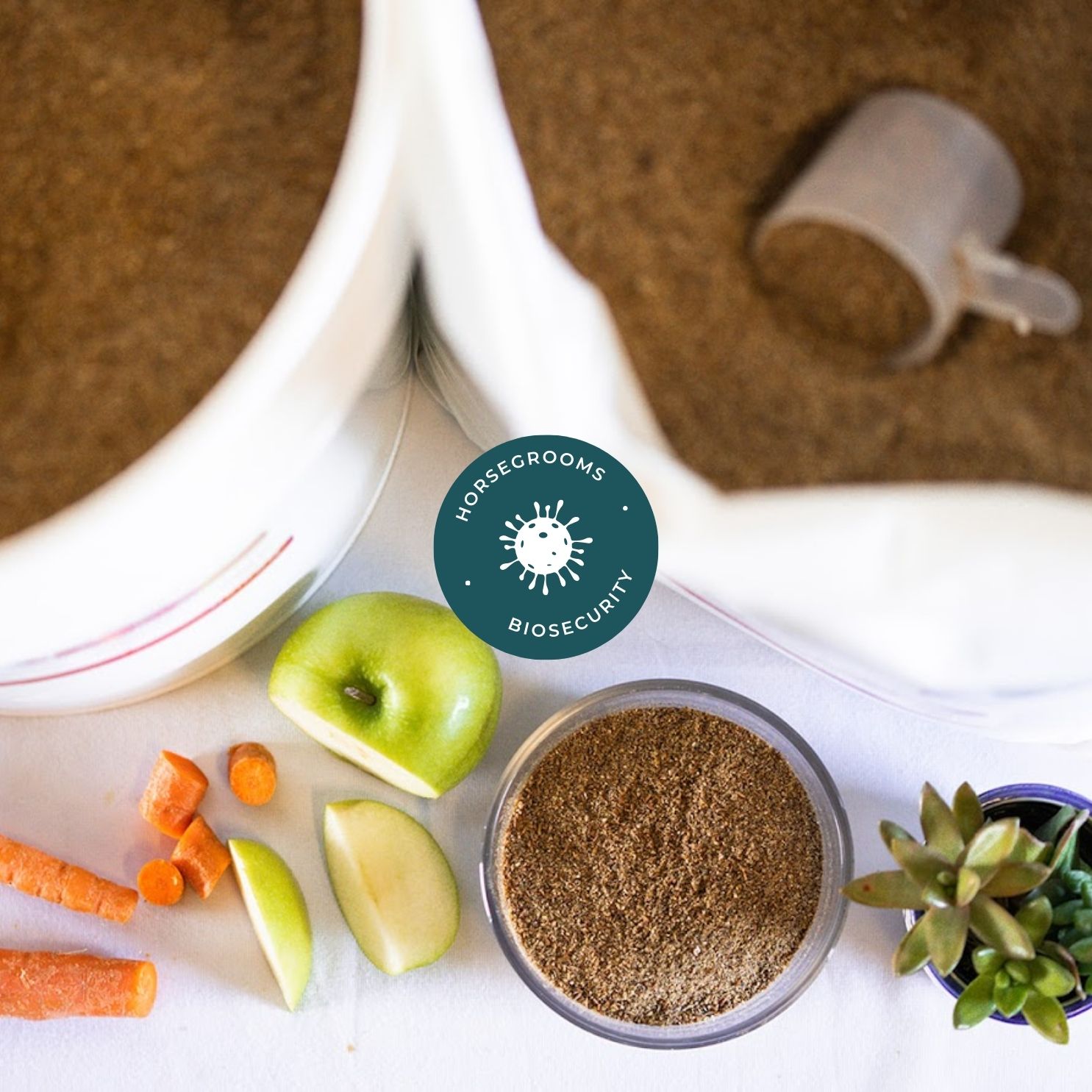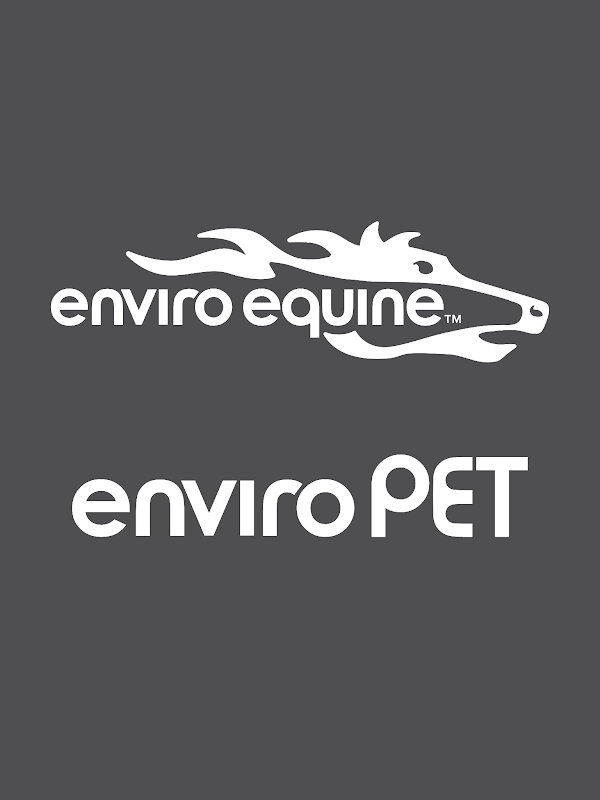The term “biosecurity” so often is tied to images of disease, rubber gloves, disinfectants, quarantine areas and vaccination vials. But before all of that – before the metaphorical horse has left the barn – good biosecurity measures start with nutrition and a solid feeding structure.
A horse develops a healthy immune system through excellent day-to-day nutrition–and a healthy immune system in turn gives it a higher chance of warding off disease and infection. A good diet includes water, calories, protein, vitamins, minerals, and good sources of fiber, fats and other carbohydrates. Deficiencies in any of these will negatively contribute to your horse’s ability to fight off and recover from disease.
Stress also impacts a horse’s immune and inflammatory function, and simple things like changes in diet and feeding schedules can trigger it.
Both diet and your feeding management play crucial roles in each individual horse’s immune system. Then following your own best biosecurity practices at home help prevent those mental “biosecurity” images from becoming reality and entering your barn.

Wait! It doesn’t stop there!
This article continues in the HorseGrooms Community. We detail specific supplements you should add to your shopping list to help your horse’s immunity and stress levels, best biosecurity practices, the “just in case” supplies you should own and what to do in an emergency.
And still interested in learning more? The HorseGrooms Nutrition Courses, powered by EnviroEquine & PET, will soon be available exclusively on the HorseGrooms Community. This course will cover nutrition as well as teach you about horses’ natural eating behaviors, how to mimic them in barns and how their digestive tract works. Be sure to sign up for the HorseGrooms Community and take full advantage.
EnviroEquine & PET is a company specializing in supplements and care for equines and pets, driven by a commitment to the well-being of your animals and the health of our planet. Our mission is simple: to deliver exceptional “farm-to-table” quality, maintaining control throughout every stage.
We exclusively partner with suppliers who share our dedication to sustainability and quality, embodying transparency and integrity in our vertically integrated approach.
Backed by decades of experience in the equine and animal industries, our team, which includes on-staff scientific experts, recognizes the pivotal role of research and science in achieving high-quality results. We strive to deliver products that not only meet but exceed your expectations.


